syn·site
in Robert Smithson's terms*: (a partially generated and generative theory) The Synsite (an entangled situating) is an inter-dimensional picture that is amorphous, and yet it represents an interweaving of actual and virtual sites (an amalgamation of the Pine Barrens Plains, ML-scene processing, and the hyper-saturated yellow-green of a pool of disintegrated oak pollen, for instance). It is by this inter-dimensional metaphor that one entangled situating can represent another entangled situating, which does not resemble it—thus The Synsite. To comprehend this language of situating is to appreciate the metaphor between the syntactical construct and the complex of ideas, permitting the former to operate as a inter-dimensional picture that doesn't look like a picture. ... Between the actual-virtual sites in their respective planes and The Synsite itself exists a metaphoric space of collapsible significance. Perhaps "travel" through this space is a boundless metaphor. Everything in and between the entangled situatings could transform into physical metaphorical material devoid of natural meanings or realistic assumptions. Let us say that one embarks on many fictitious journeys at once if one decides to seek the site of the Synsite. Each “journey” is invented, devised, artificial; one might call it a syn-trip to a site from a Synsite. Once one arrives at the “assembly,” one discovers that it is man-made in the form of a network, and that she mapped this network in an aesthetic and temporal entanglement rather than specific political or economic boundaries.
This revisited theory is currently collaborative but could be surrendered to the faceless corpus of AGI at any time. Like the sources they scrape, theories are also both used and abandoned. That theories are constant is dubious; that sources are singularly credited is increasingly doubtful. Vanished theories compose the dense data layers of countless LLMs.
in Robert Smithson's terms*: (a partially generated and generative theory) The Synsite (an entangled situating) is an inter-dimensional picture that is amorphous, and yet it represents an interweaving of actual and virtual sites (an amalgamation of the Pine Barrens Plains, ML-scene processing, and the hyper-saturated yellow-green of a pool of disintegrated oak pollen, for instance). It is by this inter-dimensional metaphor that one entangled situating can represent another entangled situating, which does not resemble it—thus The Synsite. To comprehend this language of situating is to appreciate the metaphor between the syntactical construct and the complex of ideas, permitting the former to operate as a inter-dimensional picture that doesn't look like a picture. ... Between the actual-virtual sites in their respective planes and The Synsite itself exists a metaphoric space of collapsible significance. Perhaps "travel" through this space is a boundless metaphor. Everything in and between the entangled situatings could transform into physical metaphorical material devoid of natural meanings or realistic assumptions. Let us say that one embarks on many fictitious journeys at once if one decides to seek the site of the Synsite. Each “journey” is invented, devised, artificial; one might call it a syn-trip to a site from a Synsite. Once one arrives at the “assembly,” one discovers that it is man-made in the form of a network, and that she mapped this network in an aesthetic and temporal entanglement rather than specific political or economic boundaries.
This revisited theory is currently collaborative but could be surrendered to the faceless corpus of AGI at any time. Like the sources they scrape, theories are also both used and abandoned. That theories are constant is dubious; that sources are singularly credited is increasingly doubtful. Vanished theories compose the dense data layers of countless LLMs.
SYN (along with, at the same time | from Greek SYN, with | ~SYNTHETIC) + SITE (N: point of event, occupied space, internet address; V: to place in position | from Latin SITUS, location, idleness, forgetfulness | ~WEBSITE ¬cite ¬sight), cf. SITE/NON-SITE (from Robert Smithson, A PROVISIONAL THEORY OF NONSITES, 1968)
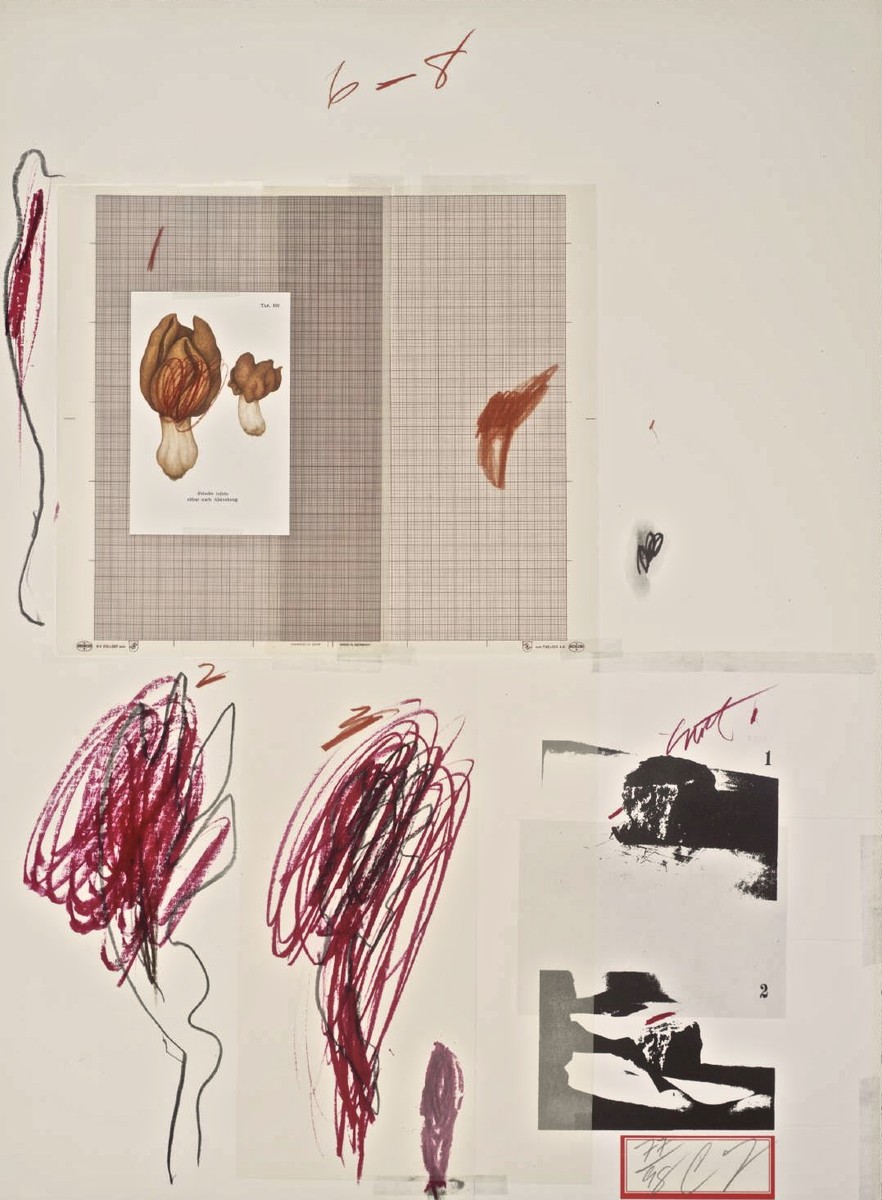








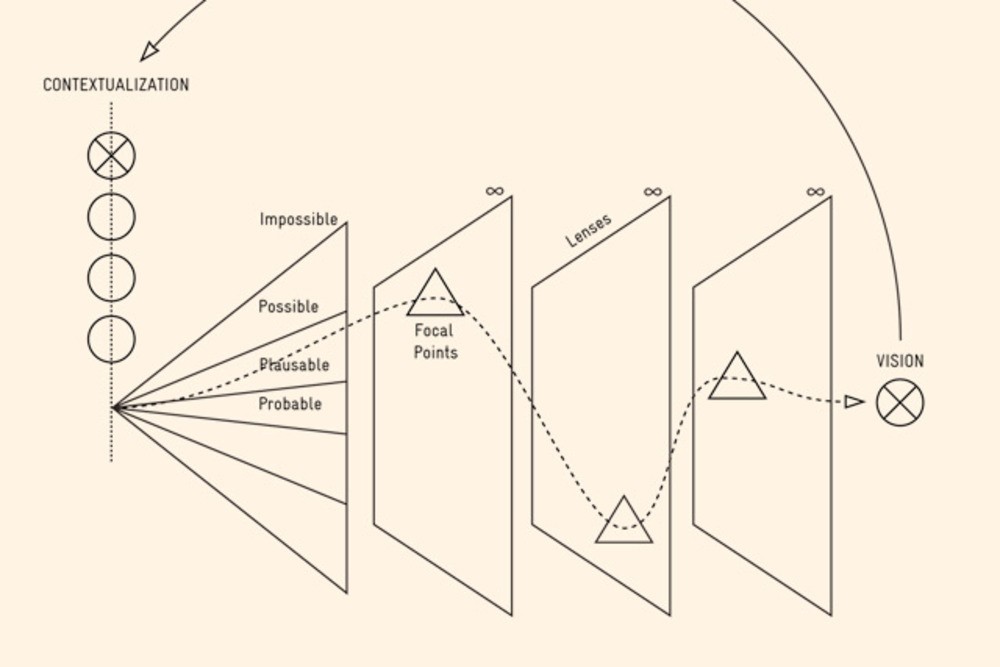


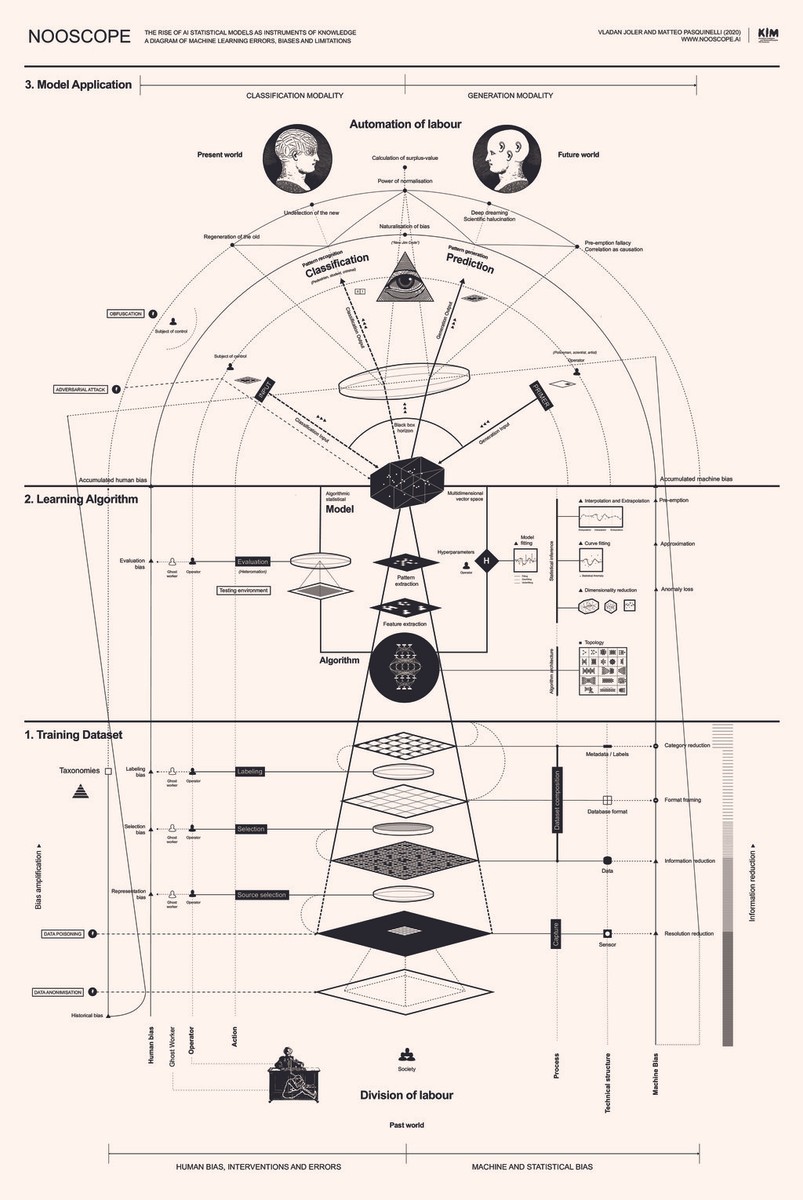


Seeing is superseded by calculating probabilities. Vision loses importance and is replaced by filtering, decrypting, and pattern recognition.
Seeing is superseded by calculating probabilities. Vision loses importance and is replaced by filtering, decrypting, and pattern recognition.
Seeing is superseded by calculating probabilities. Vision loses importance and is replaced by filtering, decrypting, and pattern recognition.
Gardening techniques
Learning and memory are by default automatic processes; their efficacy is proportional to the relevance that the thing to be learned has to your life (frequency, neurons firing together, synaptic pruning, interconnections, etc.). You could say that this relevance acts as filter for incoming information.
There are reasons why you might want to sneak information past this filter ("artificial learning"):
To learn abstract knowledge that is far removed from daily life (e.g. math). This is done using analogies, mnemonics, examples, anthropomorphism, etc.
To interfere with the process of "natural learning" with the goal of improving learning mechanisms, for example when learning a skill like playing the piano. This is done using deliberate practice, analysis, etc.
See these methods as gardening techniques. We either let the garden of the mind grow naturally or we sculpt it deliberately.
Gardening techniques
Learning and memory are by default automatic processes; their efficacy is proportional to the relevance that the thing to be learned has to your life (frequency, neurons firing together, synaptic pruning, interconnections, etc.). You could say that this relevance acts as filter for incoming information.
There are reasons why you might want to sneak information past this filter ("artificial learning"):
To learn abstract knowledge that is far removed from daily life (e.g. math). This is done using analogies, mnemonics, examples, anthropomorphism, etc.
To interfere with the process of "natural learning" with the goal of improving learning mechanisms, for example when learning a skill like playing the piano. This is done using deliberate practice, analysis, etc.
See these methods as gardening techniques. We either let the garden of the mind grow naturally or we sculpt it deliberately.
Gardening techniques
Learning and memory are by default automatic processes; their efficacy is proportional to the relevance that the thing to be learned has to your life (frequency, neurons firing together, synaptic pruning, interconnections, etc.). You could say that this relevance acts as filter for incoming information.
There are reasons why you might want to sneak information past this filter ("artificial learning"):
To learn abstract knowledge that is far removed from daily life (e.g. math). This is done using analogies, mnemonics, examples, anthropomorphism, etc.
To interfere with the process of "natural learning" with the goal of improving learning mechanisms, for example when learning a skill like playing the piano. This is done using deliberate practice, analysis, etc.
See these methods as gardening techniques. We either let the garden of the mind grow naturally or we sculpt it deliberately.
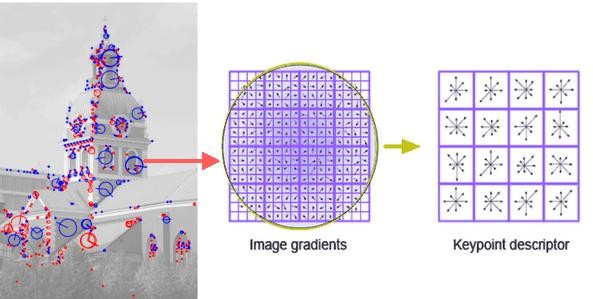


Writing, of course, is a substitute for the life I cannot live.
Writing, of course, is a substitute for the life I cannot live.
Writing, of course, is a substitute for the life I cannot live.



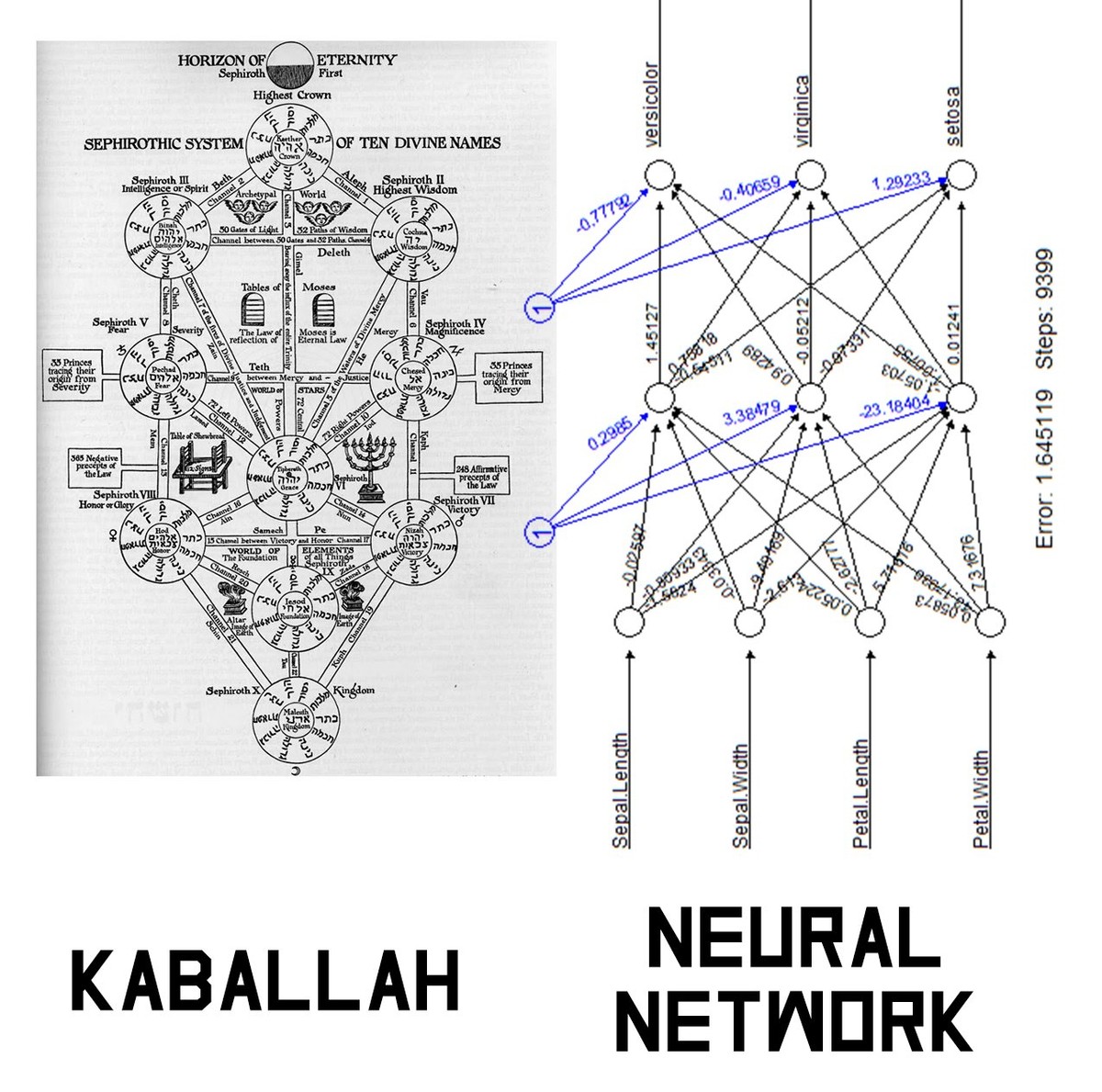





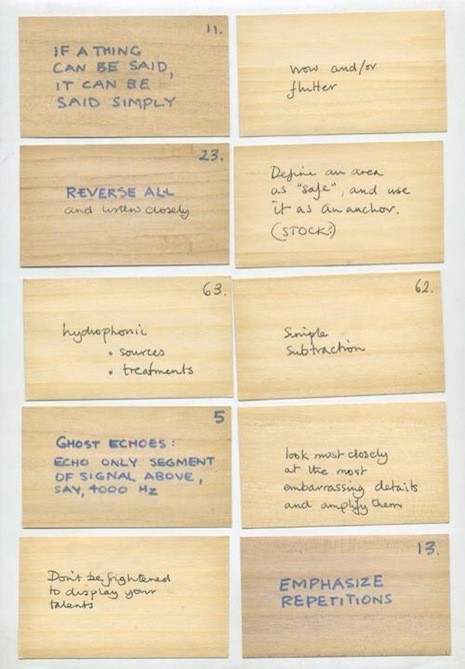





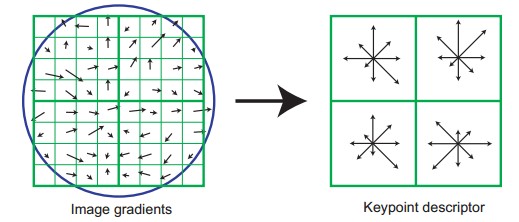





It is comparatively easy to make computers exhibit adult level performance on intelligence tests or playing checkers, and difficult or impossible to give them the skills of a one-year-old when it comes to perception and mobility.
It is comparatively easy to make computers exhibit adult level performance on intelligence tests or playing checkers, and difficult or impossible to give them the skills of a one-year-old when it comes to perception and mobility.
It is comparatively easy to make computers exhibit adult level performance on intelligence tests or playing checkers, and difficult or impossible to give them the skills of a one-year-old when it comes to perception and mobility.
CONFUSING YOURSELF IS A WAY TO STAY HONEST
CONFUSING YOURSELF IS A WAY TO STAY HONEST
CONFUSING YOURSELF IS A WAY TO STAY HONEST
Alfred Korzybski remarked that "the map is not the territory" and that "the word is not the thing", encapsulating his view that an abstraction derived from something, or a reaction to it, is not the thing itself.
Alfred Korzybski remarked that "the map is not the territory" and that "the word is not the thing", encapsulating his view that an abstraction derived from something, or a reaction to it, is not the thing itself.
Alfred Korzybski remarked that "the map is not the territory" and that "the word is not the thing", encapsulating his view that an abstraction derived from something, or a reaction to it, is not the thing itself.
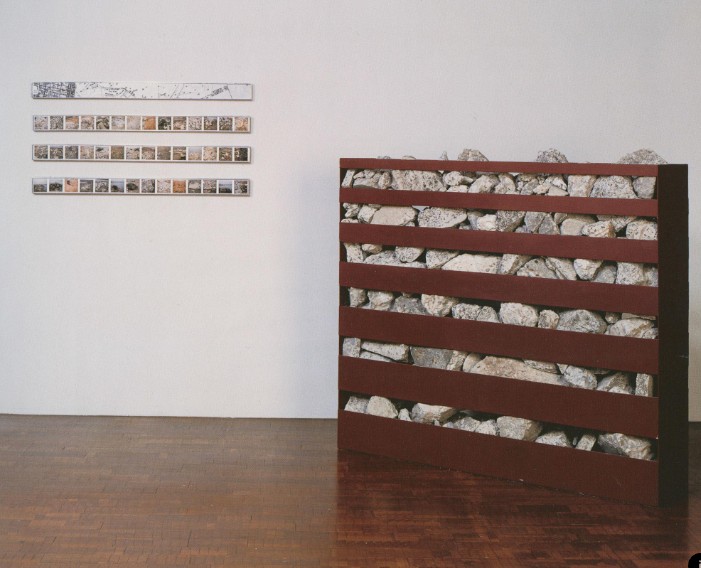


...like a piece of sensitive photographic paper, waiting passively to feel the shock of impression. And then I was quivering like a leaf, more precisely like a mute hunk of appetitional plasm, a kind of sponge in which the business of being excited was going on, run through by a series of external stimuli: the lane, the man, the pale light, the lash of silver – at the ecstatic edge of something to be known.
...like a piece of sensitive photographic paper, waiting passively to feel the shock of impression. And then I was quivering like a leaf, more precisely like a mute hunk of appetitional plasm, a kind of sponge in which the business of being excited was going on, run through by a series of external stimuli: the lane, the man, the pale light, the lash of silver – at the ecstatic edge of something to be known.
...like a piece of sensitive photographic paper, waiting passively to feel the shock of impression. And then I was quivering like a leaf, more precisely like a mute hunk of appetitional plasm, a kind of sponge in which the business of being excited was going on, run through by a series of external stimuli: the lane, the man, the pale light, the lash of silver – at the ecstatic edge of something to be known.






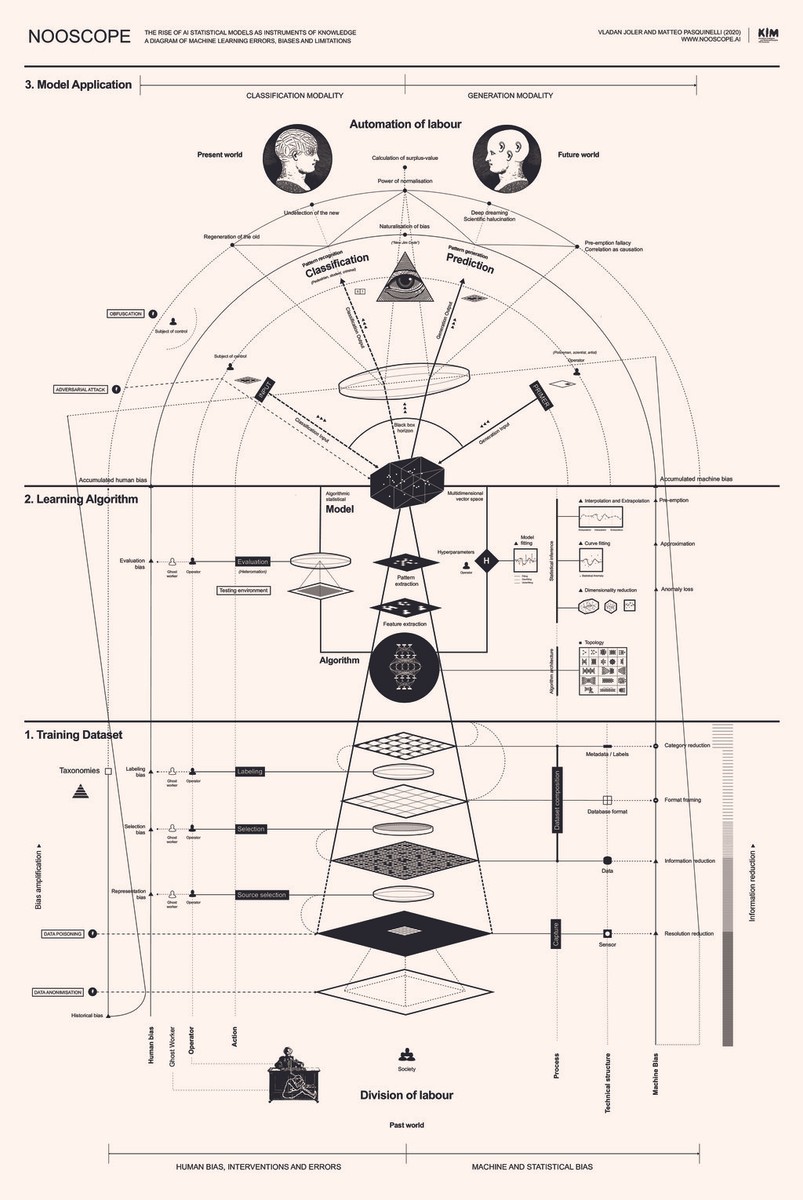


Experiencing technology as a kind — but only one kind — of revealing, and seeing man’s essential place as one that is open to different kinds of revealing frees us from “the stultified compulsion to push on blindly with technology or, what comes to the same, to rebel helplessly against it and curse it as the work of the devil.”
Experiencing technology as a kind — but only one kind — of revealing, and seeing man’s essential place as one that is open to different kinds of revealing frees us from “the stultified compulsion to push on blindly with technology or, what comes to the same, to rebel helplessly against it and curse it as the work of the devil.”
Experiencing technology as a kind — but only one kind — of revealing, and seeing man’s essential place as one that is open to different kinds of revealing frees us from “the stultified compulsion to push on blindly with technology or, what comes to the same, to rebel helplessly against it and curse it as the work of the devil.”
All rewritings, whatever their intention, reflect a certain ideology and a poetics … the study of the manipulation processes of literature as exemplified by translation can help us towards a greater awareness of the world in which we live.
All rewritings, whatever their intention, reflect a certain ideology and a poetics … the study of the manipulation processes of literature as exemplified by translation can help us towards a greater awareness of the world in which we live.
All rewritings, whatever their intention, reflect a certain ideology and a poetics … the study of the manipulation processes of literature as exemplified by translation can help us towards a greater awareness of the world in which we live.
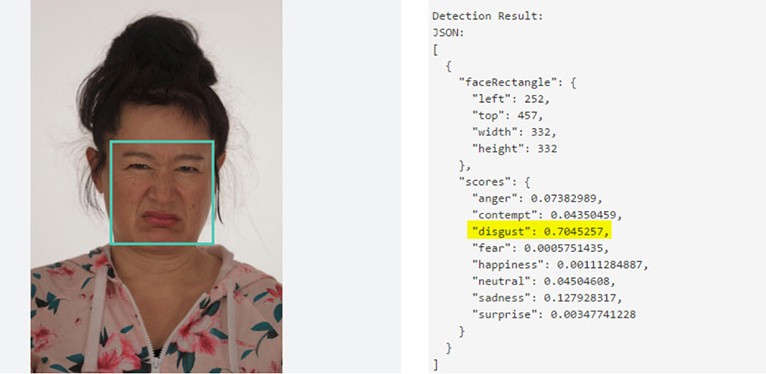


"The world is full of power and energy and a person can go far by just skimming off a tiny bit of it." (Neal Stephenson, Snow Crash)
"The world is full of power and energy and a person can go far by just skimming off a tiny bit of it." (Neal Stephenson, Snow Crash)
"The world is full of power and energy and a person can go far by just skimming off a tiny bit of it." (Neal Stephenson, Snow Crash)
A single click of a mouse sets off a chain reaction and sends a signal to mining farms around the world, which go on to have a footprint of 35 kWh for an ‘average’ transaction, with emissions of close to 20 KgCO2 for that single mouse click [...] An ETH transaction is thousands times more costly than other internet activities that individuals typically engage in. [...] Transactions relating to NFTs however, have more complexities involved.
[...]
A single NFT can involve dozens of transactions, and potentially more. These include minting, bidding, cancelling, sales and transfer of ownership.
[...]
This single NFT’s footprint is equivalent to a EU resident’s total electric power consumption for more than a month, with emissions equivalent to driving for 1000Km, or flying for 2 hours.
A single click of a mouse sets off a chain reaction and sends a signal to mining farms around the world, which go on to have a footprint of 35 kWh for an ‘average’ transaction, with emissions of close to 20 KgCO2 for that single mouse click [...] An ETH transaction is thousands times more costly than other internet activities that individuals typically engage in. [...] Transactions relating to NFTs however, have more complexities involved.
[...]
A single NFT can involve dozens of transactions, and potentially more. These include minting, bidding, cancelling, sales and transfer of ownership.
[...]
This single NFT’s footprint is equivalent to a EU resident’s total electric power consumption for more than a month, with emissions equivalent to driving for 1000Km, or flying for 2 hours.
A single click of a mouse sets off a chain reaction and sends a signal to mining farms around the world, which go on to have a footprint of 35 kWh for an ‘average’ transaction, with emissions of close to 20 KgCO2 for that single mouse click [...] An ETH transaction is thousands times more costly than other internet activities that individuals typically engage in. [...] Transactions relating to NFTs however, have more complexities involved.
[...]
A single NFT can involve dozens of transactions, and potentially more. These include minting, bidding, cancelling, sales and transfer of ownership.
[...]
This single NFT’s footprint is equivalent to a EU resident’s total electric power consumption for more than a month, with emissions equivalent to driving for 1000Km, or flying for 2 hours.
It’s not about the data or even access to the data. It’s about getting information from the truckloads of data … Developers, please help! We’re drowning (not waving) in a sea of data—with data, data everywhere, but not a drop of information.
It’s not about the data or even access to the data. It’s about getting information from the truckloads of data … Developers, please help! We’re drowning (not waving) in a sea of data—with data, data everywhere, but not a drop of information.
It’s not about the data or even access to the data. It’s about getting information from the truckloads of data … Developers, please help! We’re drowning (not waving) in a sea of data—with data, data everywhere, but not a drop of information.
the unconscious stretches out feelers, through the medium of the system Pcpt.-Cs., towards the external world and hastily withdraws them as soon as they have sampled the excitations coming from it.
the unconscious stretches out feelers, through the medium of the system Pcpt.-Cs., towards the external world and hastily withdraws them as soon as they have sampled the excitations coming from it.
the unconscious stretches out feelers, through the medium of the system Pcpt.-Cs., towards the external world and hastily withdraws them as soon as they have sampled the excitations coming from it.
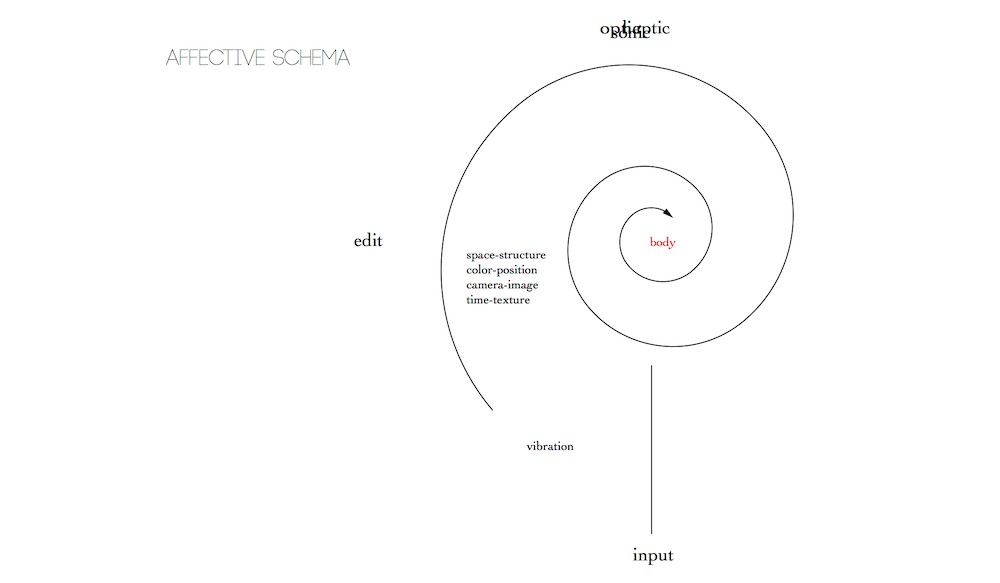


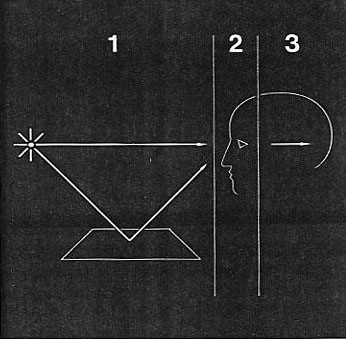


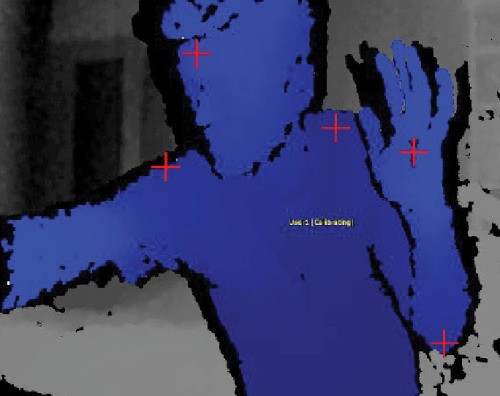


verdigris is not opaque. It is “crystalline … you’re looking into it.”
verdigris is not opaque. It is “crystalline … you’re looking into it.”
verdigris is not opaque. It is “crystalline … you’re looking into it.”
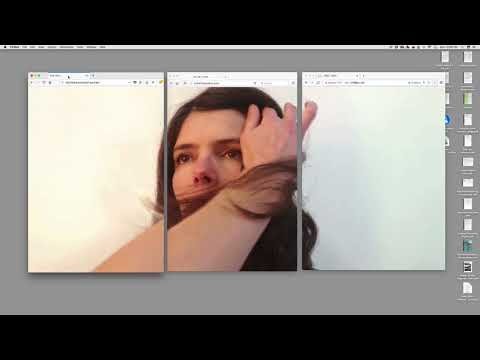


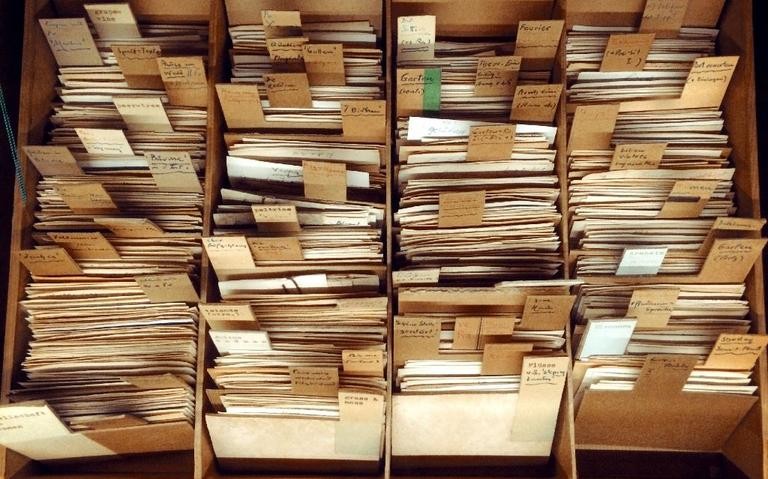


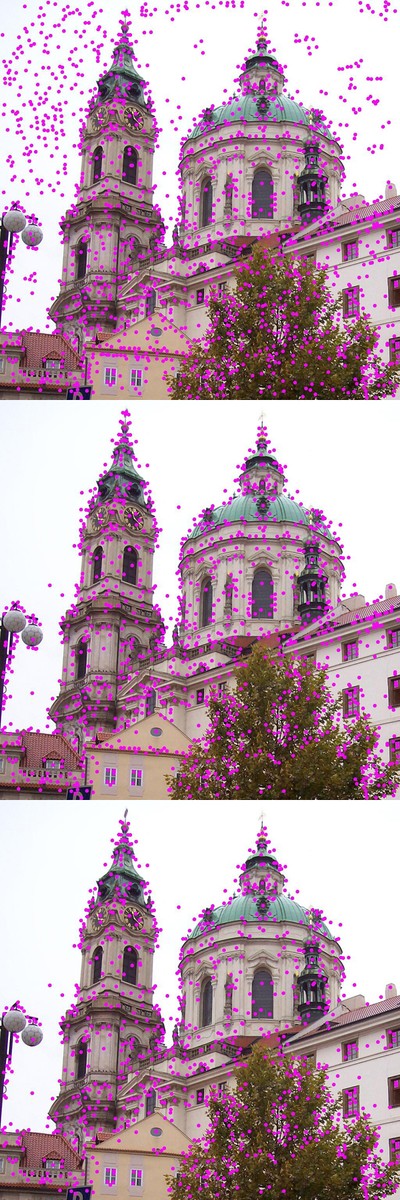


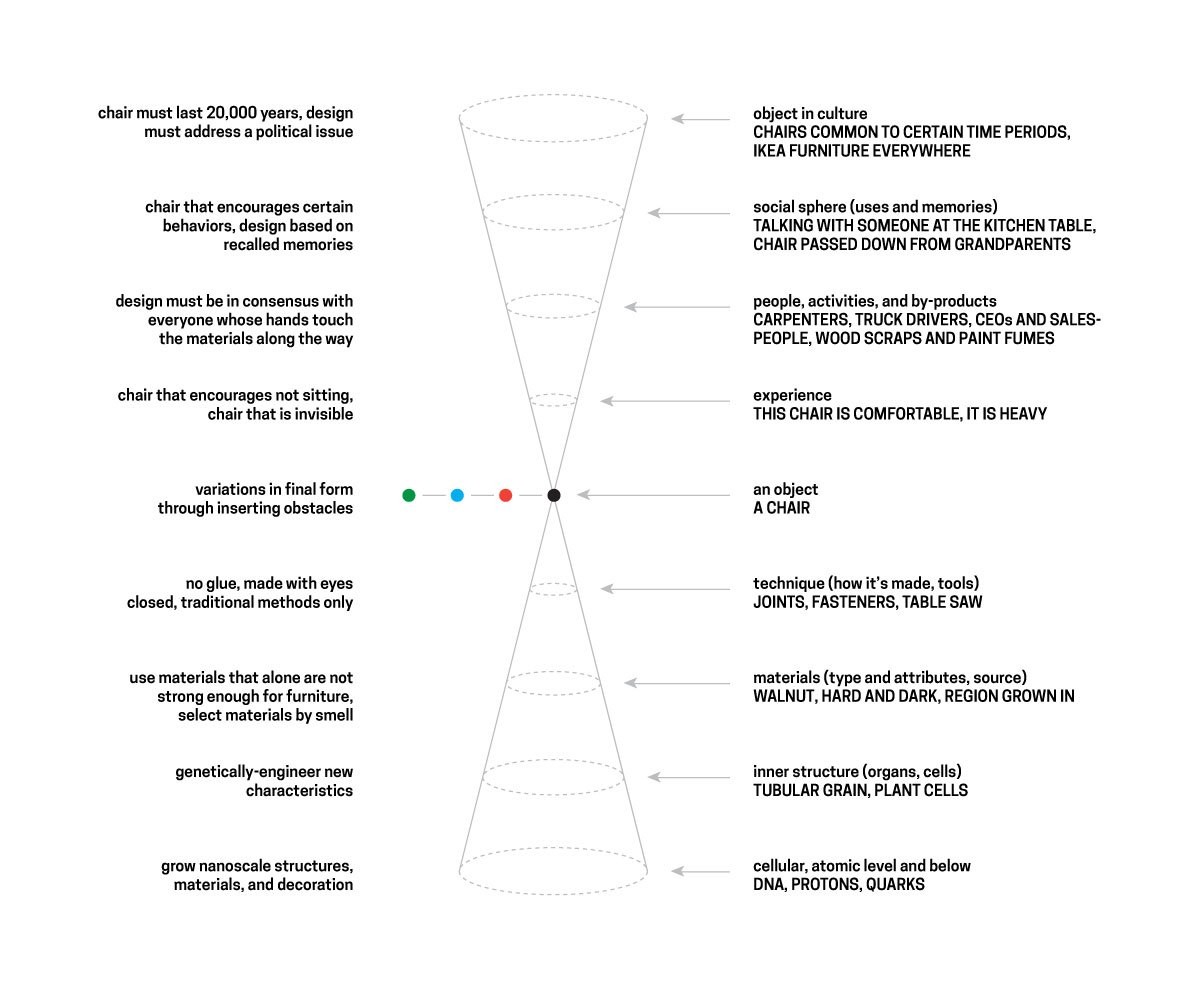


Take a walk down a city street ... You have seen a person cut in two by a car, bits and pieces of street signs and advertisements, reflections from shop windows – a montage of fragments ... Consciousness is a cut-up; life is a cut-up.
Take a walk down a city street ... You have seen a person cut in two by a car, bits and pieces of street signs and advertisements, reflections from shop windows – a montage of fragments ... Consciousness is a cut-up; life is a cut-up.
Take a walk down a city street ... You have seen a person cut in two by a car, bits and pieces of street signs and advertisements, reflections from shop windows – a montage of fragments ... Consciousness is a cut-up; life is a cut-up.


